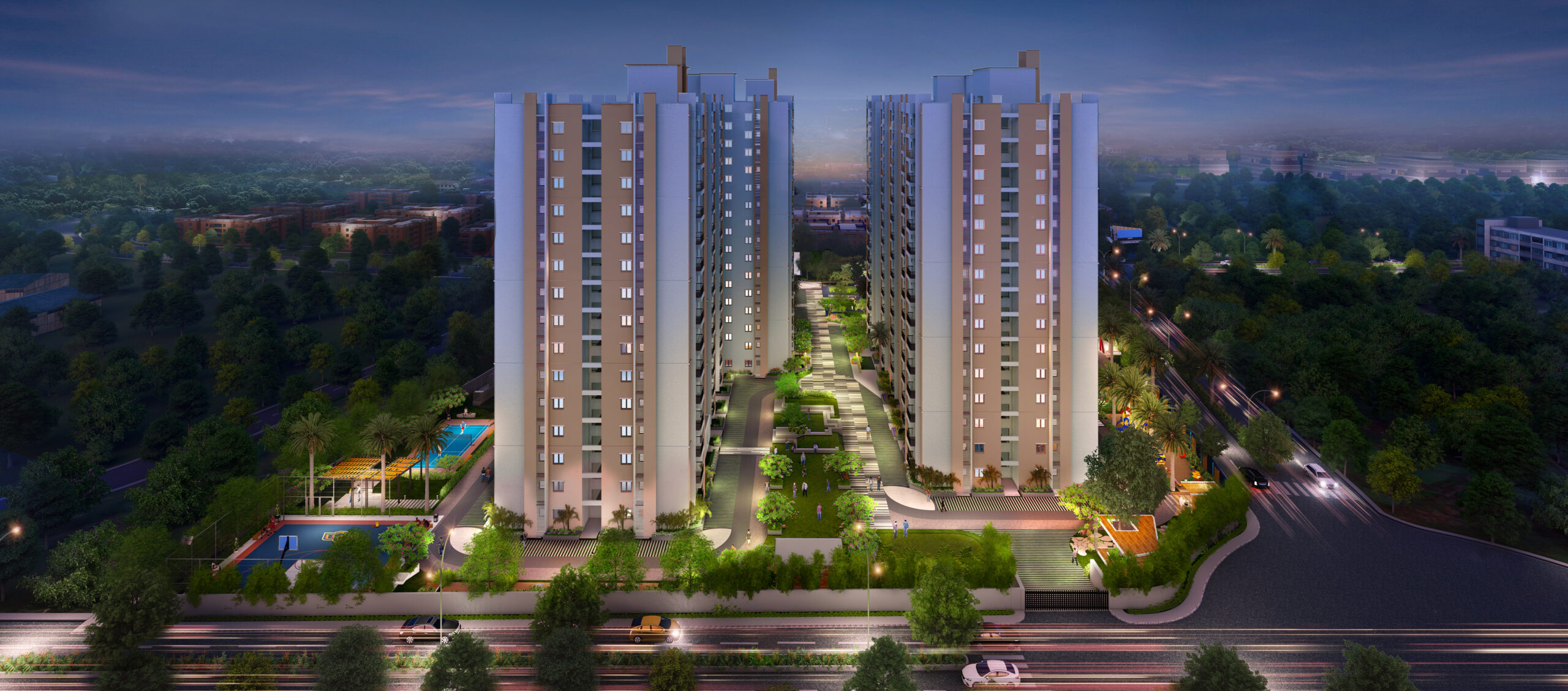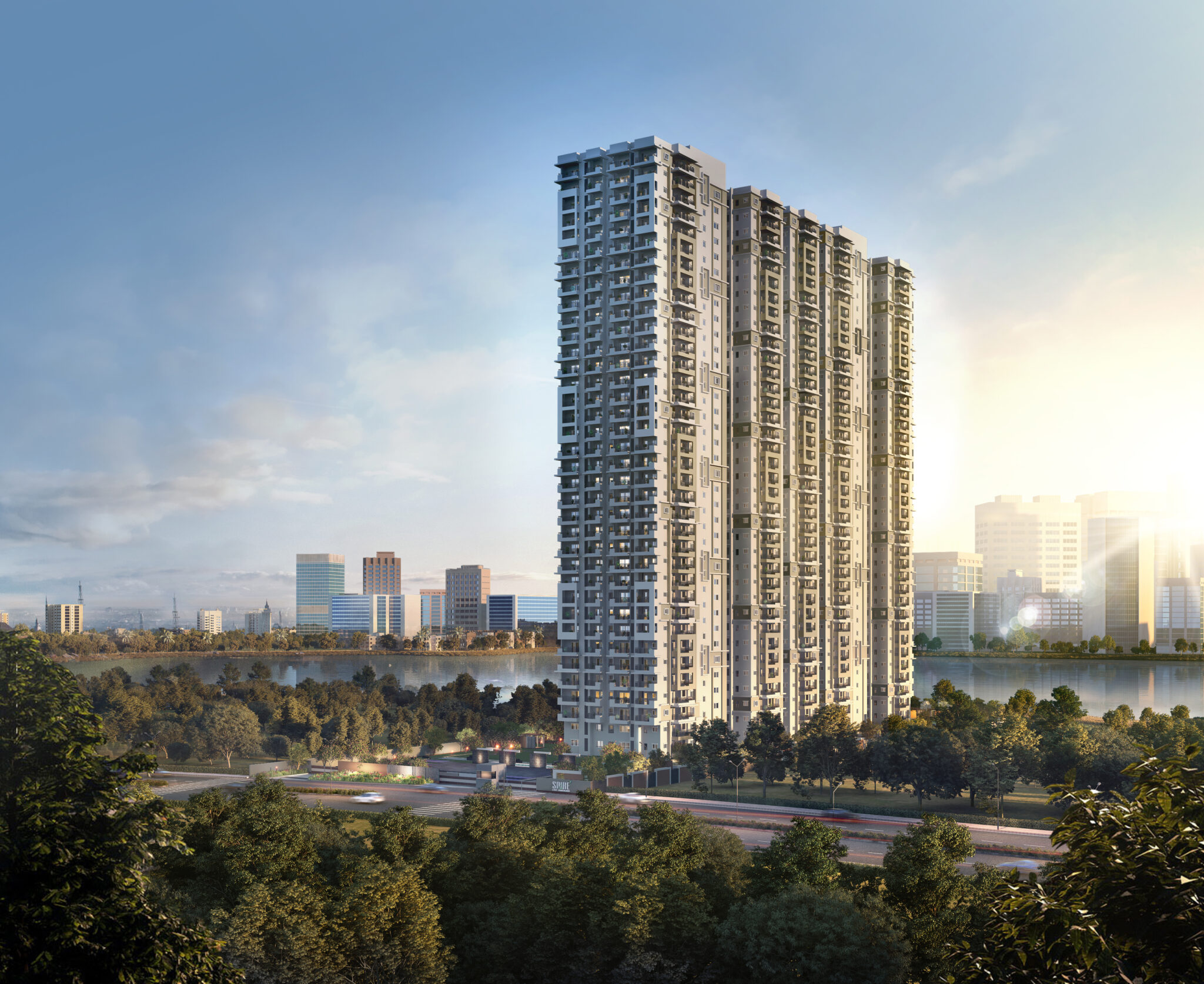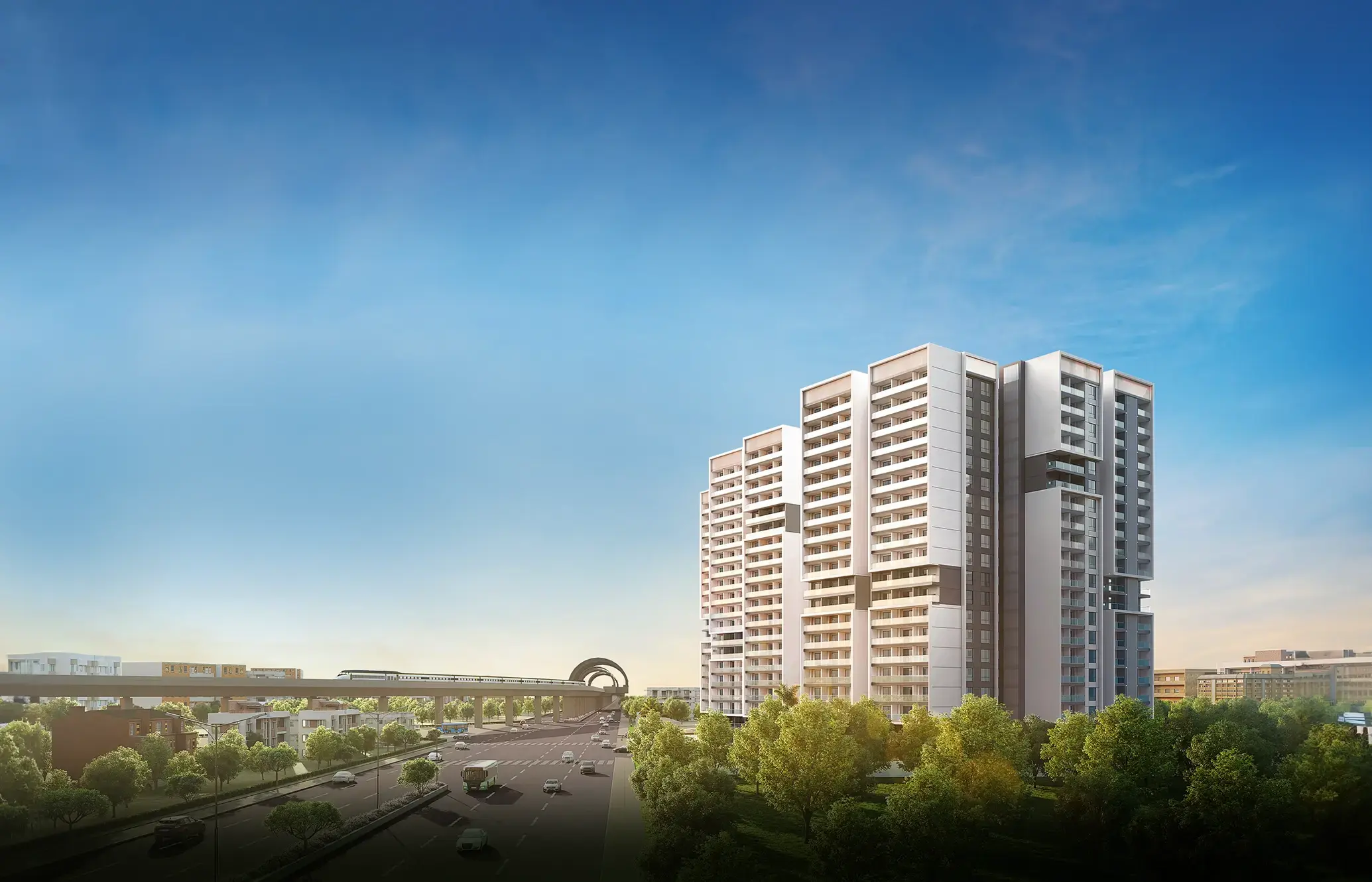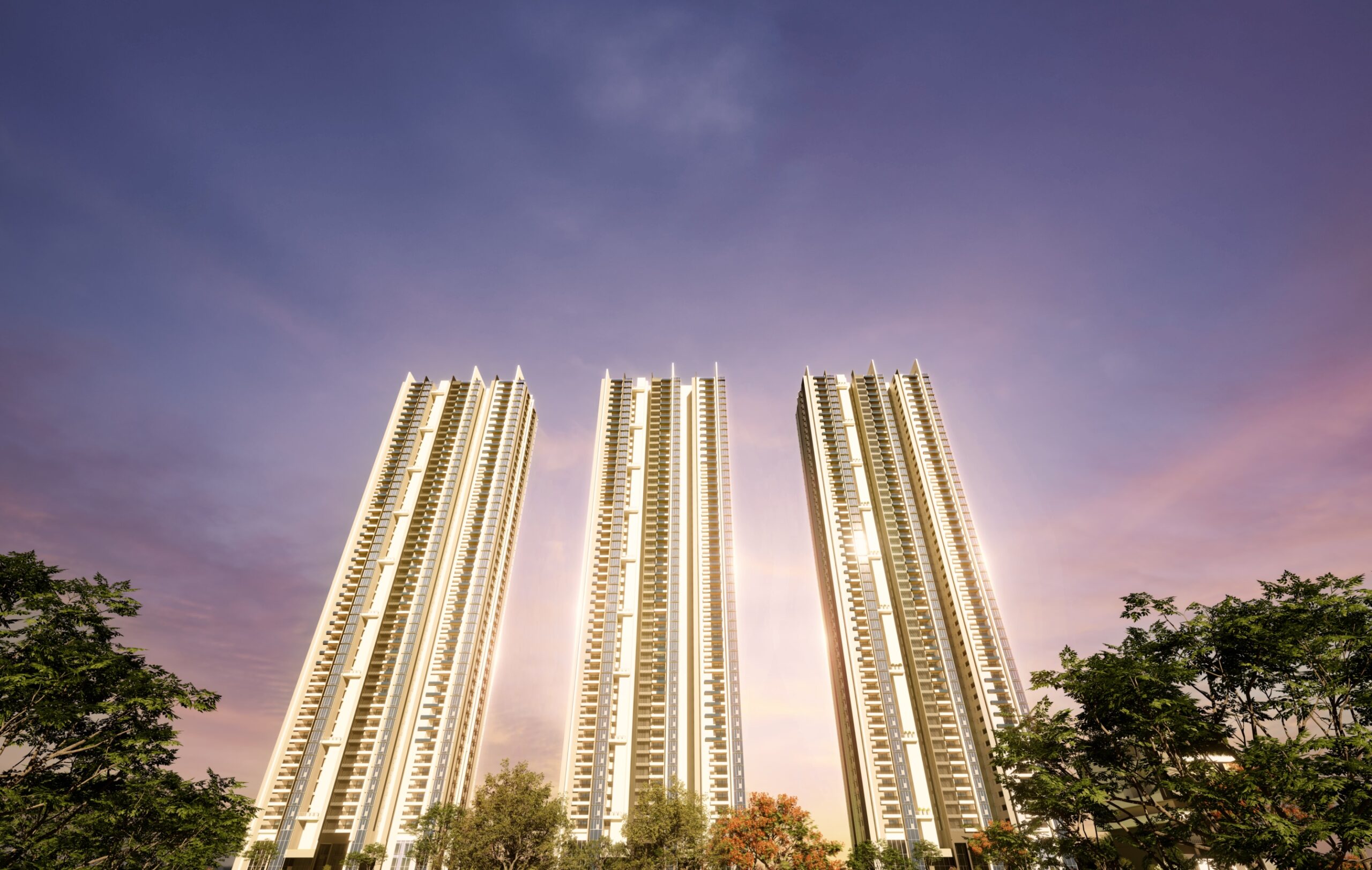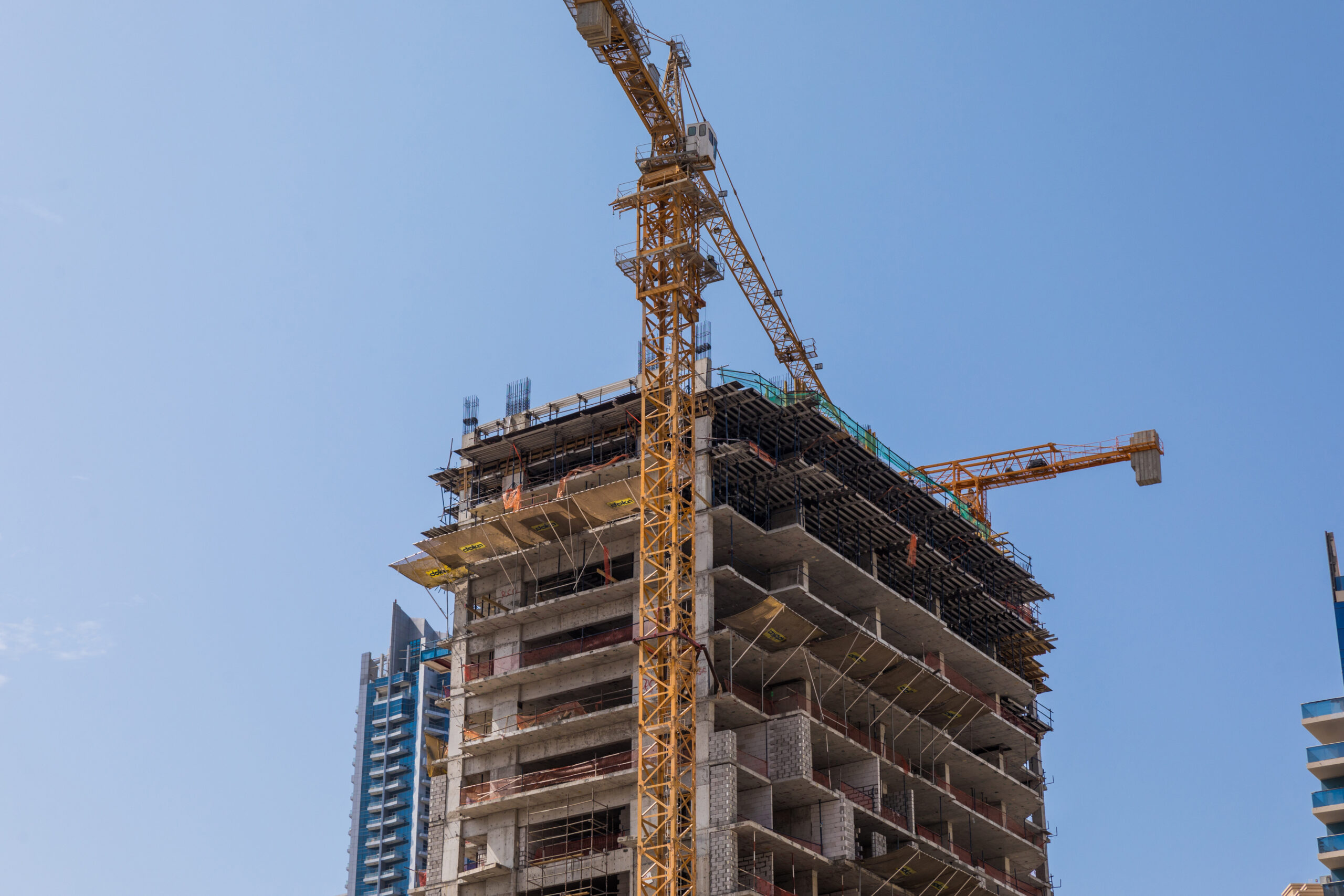Unlock the Future of Architecture with Generative AI
Generative AI is a type of artificial intelligence that can create new designs or ideas based on a set of rules or parameters. This can be used in architecture to help better optimise and design spaces, and to solve complex architectural problems.
Optimising the layout of a space
- Analysing the needs of the space: Generative AI can be used to analyze the needs of a space, such as the number of people who will be using the space, the activities that will be taking place in the space, and the desired level of functionality and accessibility. This information can then be used to generate different layouts that meet those needs.
- Generating different layouts: Generative AI can be used to generate different layouts of a space. This can be done by considering a variety of factors, such as the size of the space, the location of windows and doors, and the desired flow of traffic.
- Optimising the layout for efficiency: Generative AI can be used to optimize the layout of a space for efficiency. This can be done by considering factors such as the space’s shape, the placement of furniture, and the use of natural light.
- Improving accessibility: Generative AI can be used to improve the accessibility of a space for people with disabilities. This can be done by considering factors such as the width of doorways, the height of countertops, and the placement of light switches.
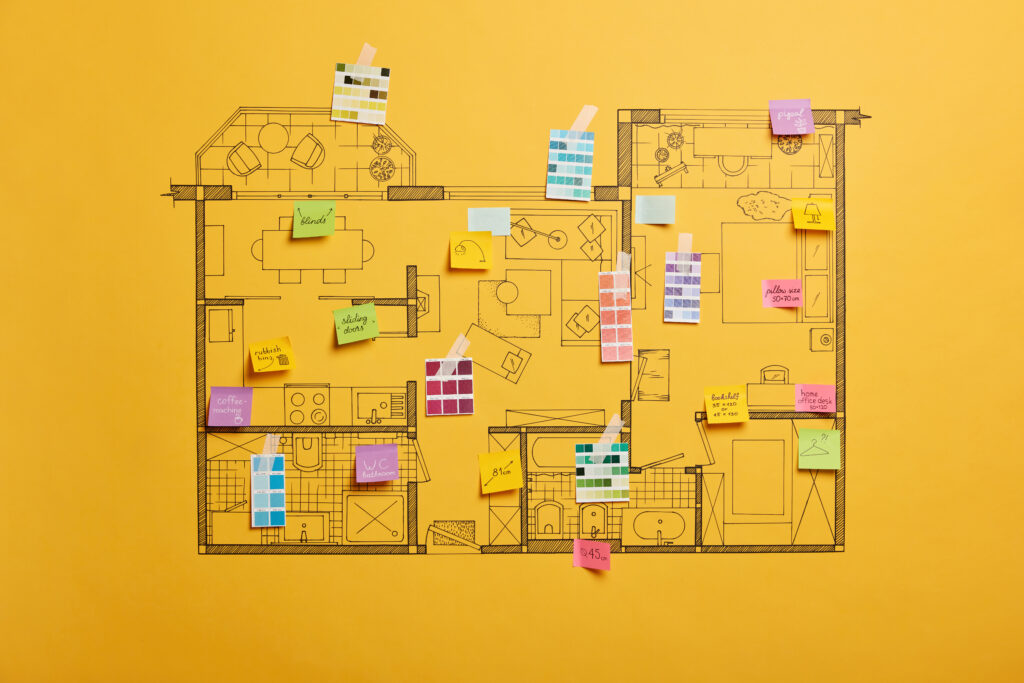
In addition to these specific tasks, generative AI can also be used to consider a wide range of other factors when optimising the layout of a space. For example, generative AI can be used to:
- Consider the needs of the space’s users
- Consider the space’s aesthetic preferences
- Consider the space’s environmental impact
By considering all of these factors, generative AI can help to create layouts that are truly optimised for the needs of the space and its users.
Here are some specific examples of how generative AI is being used to optimise the layout of spaces today:
- Offices: Generative AI is being used by some companies to optimise the layout of their offices. This is done to maximise space efficiency and employee productivity. For example, the company Steelcase is using generative AI to design offices that are more flexible and adaptable to changing needs.
- Homes: Generative AI is being used by some companies to design homes that are more functional and accessible for people with disabilities. For example, the company MODS is using generative AI to design homes that can be customised to the specific needs of each individual.
- Hospitals: Generative AI is being used by some hospitals to optimise the layout of their facilities. This is done to improve patient care and safety. For example, the hospital system Kaiser Permanente is using generative AI to design hospitals that are more efficient and easier to navigate.
Solving complex architectural problems
- Designing earthquake-resistant buildings: Generative AI can be used to analyse the seismic properties of different building materials and designs. This information can then be used to generate designs that are more resistant to earthquakes.
- Designing buildings that are resilient to extreme weather: Generative AI can be used to analyze the impact of different weather events on building structures. This information can then be used to generate designs that are more resilient to extreme weather events, such as heat waves, droughts, and floods.
- Designing buildings that are more energy-efficient: Generative AI can be used to optimize the design of buildings for energy efficiency. This can be done by considering factors such as the building’s shape, orientation, and materials.
- Designing buildings that are more sustainable: Generative AI can be used to design buildings that are more sustainable. This can be done by considering factors such as the building’s use of renewable energy, water conservation, and waste management.
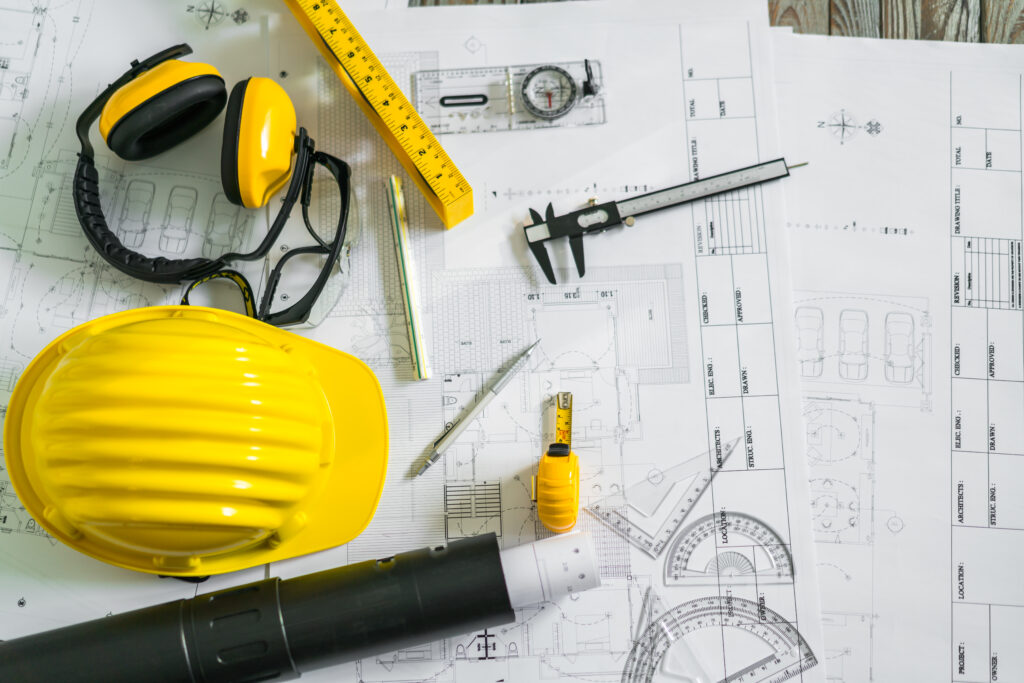
In addition to these specific problems, generative AI can also be used to solve a wide range of other complex architectural problems. For example, generative AI can be used to:
- Design buildings that are more accessible to people with disabilities
- Design buildings that are more comfortable for occupants
- Design buildings that are more aesthetically pleasing
By solving these complex problems, generative AI has the potential to make buildings safer, more sustainable, and more livable.
Designing personalised homes
- Considering the homeowner’s lifestyle: Generative AI can be used to consider the homeowner’s lifestyle and generate designs that are tailored to their needs. For example, if the homeowner is an avid cook, the AI could generate a design with a large kitchen and an open floor plan. If the homeowner is an avid gardener, the AI could generate a design with a large backyard and plenty of outdoor space.
- Taking into account the homeowner’s budget: Generative AI can be used to take into account the homeowner’s budget and generate designs that fit their financial constraints. This can be done by considering the cost of materials, labor, and other factors.
- Addressing the homeowner’s environmental concerns: Generative AI can be used to address the homeowner’s environmental concerns and generate designs that are more sustainable. This can be done by considering the use of renewable energy, water conservation, and other factors.
- Designing for accessibility: Generative AI can be used to design homes that are accessible to people with disabilities. This can be done by considering factors such as the width of doorways, the height of countertops, and the placement of light switches.
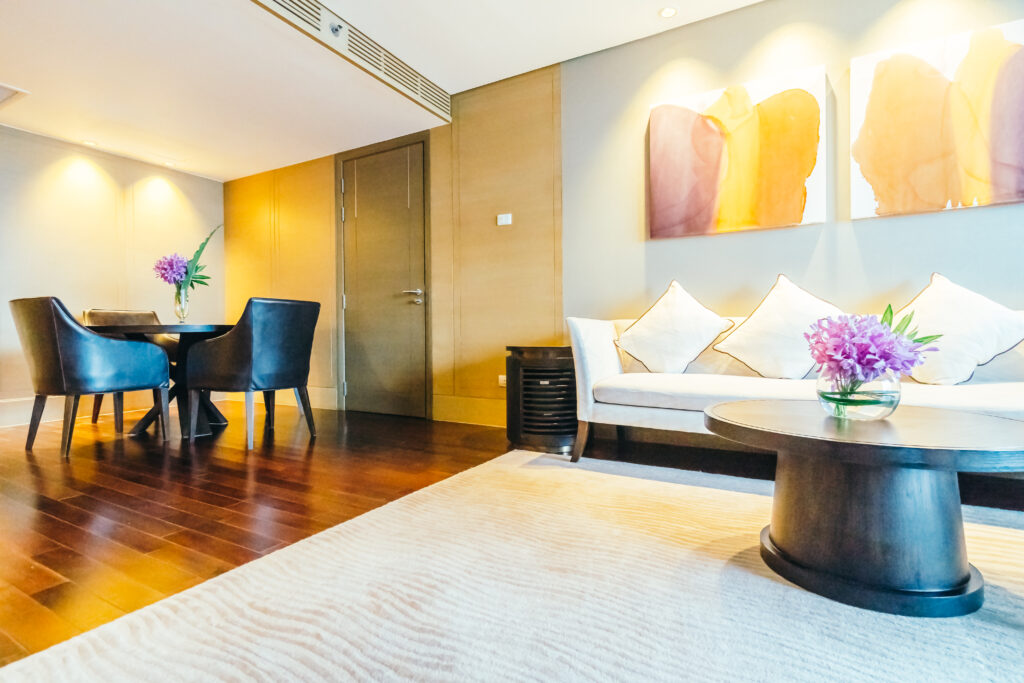
In addition to these specific factors, generative AI can also be used to consider a wide range of other factors when designing personalized homes. For example, generative AI can be used to:
- Consider the homeowner’s family composition
- Consider the homeowner’s aesthetic preferences
- Consider the homeowner’s cultural background
By considering all of these factors, generative AI can help to create homes that are truly personalized to the needs and preferences of the individual homeowner.
Here are some specific examples of how generative AI is being used to design personalized homes today:
- Modsy: Modsy is a company that uses generative AI to help homeowners design their dream homes. Modsy users can upload photos of their existing homes and then use the company’s AI-powered platform to generate a variety of design options.
- Havenly: Havenly is another company that uses generative AI to help homeowners design their dream homes. Havenly users can work with a personal interior designer to create a design that meets their specific needs and preferences.
- Design Within Reach: Design Within Reach is a furniture retailer that uses generative AI to help customers create personalized home environments. Design Within Reach customers can use the company’s AI-powered platform to explore different furniture options and create a design that reflects their unique style.
Creating immersive experiences
- Virtual reality (VR): VR is a technology that allows users to experience a simulated environment as if they were actually there. Generative AI can be used to create VR experiences that allow users to walk through architectural designs and interact with them in a realistic way. This can be helpful for architects and clients to communicate ideas and make decisions.
- Augmented reality (AR): AR is a technology that overlays digital information on top of the real world. Generative AI can be used to create AR experiences that allow users to see architectural designs superimposed on the real world. This can be helpful for architects to showcase their designs to clients or to the public.
- Mixed reality (MR): MR is a combination of VR and AR. It allows users to interact with both digital and real-world objects in a seamless way. Generative AI can be used to create MR experiences that allow users to interact with architectural designs in a realistic and interactive way.

In addition to these specific technologies, generative AI can also be used to create a wide range of other immersive experiences. For example, generative AI can be used to create:
- Interactive 3D models that allow users to explore architectural designs from different angles and perspectives
- Photorealistic renderings that allow users to see architectural designs as if they were actually built
- Interactive simulations that allow users to experience how architectural designs would function in the real world
By creating immersive experiences, generative AI can help architects to communicate their ideas in a more realistic and engaging way. This can help architects to get feedback from clients and to make better decisions about their designs.
Here are some specific examples of how generative AI is being used to create immersive experiences today:
- Google Tilt Brush: Google Tilt Brush is a VR painting app that allows users to create 3D models and paintings in a virtual environment. This app has been used by architects to create immersive experiences that allow users to explore architectural designs in a realistic way.
- Enscape: Enscape is an AR and VR software that allows architects to create immersive experiences of their designs. This software has been used by architects to showcase their designs to clients and to the public.
- Matterport: Matterport is a company that creates 3D models of real-world spaces. These models can be used to create immersive experiences that allow users to explore architectural designs in a realistic way.
Automating tasks
- Data entry: Generative AI can be used to automate the process of entering data into computer systems. This can free up time for architects and engineers to focus on other tasks, such as designing and reviewing plans.
- Design optimisation: Generative AI can be used to optimise the design of buildings by automatically generating and evaluating different design options. This can help architects to find the best possible design for a given set of constraints.
- Construction planning: Generative AI can be used to automate the process of planning construction projects. This can help to ensure that projects are completed on time and within budget.

In addition to these specific tasks, generative AI can also be used to automate a wide range of other tasks that are common in the architecture industry. For example, generative AI can be used to:
- Generate renderings of building designs
- Create 3D models of buildings
- Analyse the energy efficiency of buildings
- Optimise the layout of buildings
- Identify potential construction hazards
By automating these tasks, generative AI can help architects and engineers to save time and improve the efficiency of their work. This can free up time for them to focus on more creative and strategic work, such as designing innovative new buildings and improving the quality of life for their clients.
Here are some specific examples of how generative AI is being used in architecture today:
- Autodesk’s Generative Design: This software allows architects to input a set of design parameters and generate multiple design options in a matter of minutes. This can help architects to explore a wider range of design possibilities and find the best possible solution for a given project.
- Morpholio Trace: This app uses generative AI to help architects create accurate and detailed drawings of buildings. This can save architects time and effort, and it can also help to ensure that drawings are accurate and up-to-date.
- AI SpaceFactory: This company uses generative AI to design and build 3D-printed buildings. This technology has the potential to revolutionize the construction industry, making it faster, more efficient, and more sustainable.
Overall, generative AI is a promising technology that has the potential to revolutionize the field of architecture. By automating tasks, improving decision-making, and creating new possibilities, generative AI can help architects to design better, more sustainable, and more personalised buildings.
Check out ASBL Spire, ASBL Springs and ASBL Spectra
Autodesk’s Generative Design is one of the popular apps used for architecture design. This software allows architects to input a set of design parameters and generate multiple design options in a matter of minutes. It utilises generative AI algorithms to explore a wide range of design possibilities and find the best solution for a given project. The app helps architects streamline the design process, enhance creativity, and optimise architectural outcomes.
Yes, AI can generate building plans. With the advancements in generative AI and machine learning algorithms, AI systems can analyze various parameters, such as functional requirements, site constraints, building codes, and user preferences, to generate building plans. By understanding and learning from vast amounts of architectural data, AI can generate multiple design options that meet the specified criteria. Architects can then review and refine these AI-generated plans to create innovative and efficient building designs.
The scope of AI and Machine Learning in architecture is broad and holds immense potential. AI can assist architects in optimizing space layouts, solving complex architectural problems, designing personalized homes, creating immersive experiences, and automating repetitive tasks. By harnessing AI and Machine Learning, architects can gain insights from large datasets, analyze design patterns, and make data-driven decisions. AI can also contribute to enhancing sustainability, energy efficiency, and construction safety in architectural projects. The integration of AI and Machine Learning in architecture can lead to more efficient processes, better design outcomes, and improved resource management.
It is important to understand that AI and architecture are not in direct competition with each other but rather complementary fields. AI can augment the capabilities of architects and enhance the design and decision-making processes. While AI brings the power of data analysis, pattern recognition, and automation, architecture encompasses the creativity, aesthetic sensibilities, and human touch that AI cannot replicate. The synergy between AI and architecture can lead to better designs, optimized efficiency, and improved outcomes. The collaboration between AI and architects allows for the exploration of innovative solutions while maintaining the essential human aspects of the architectural profession.
